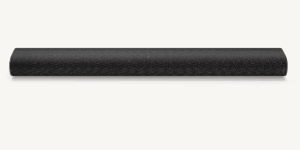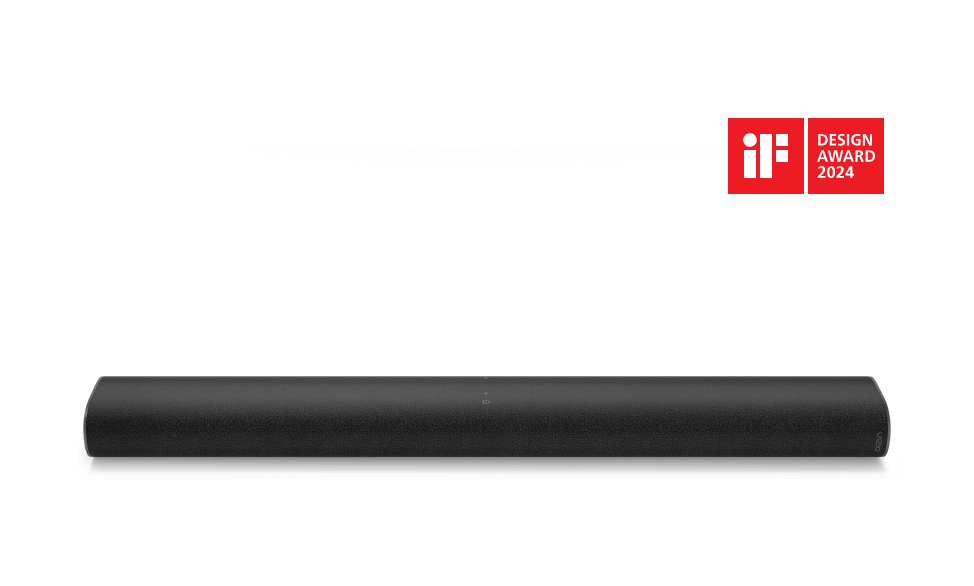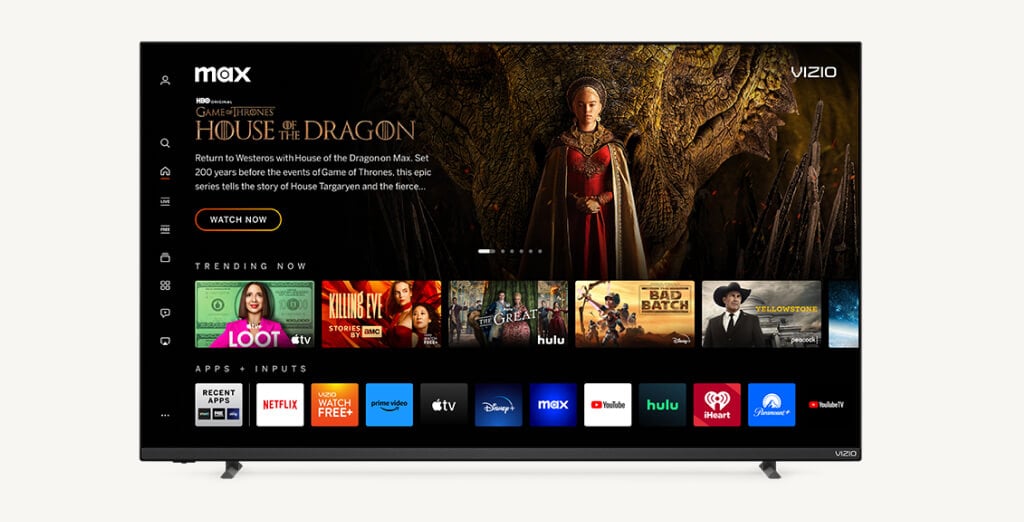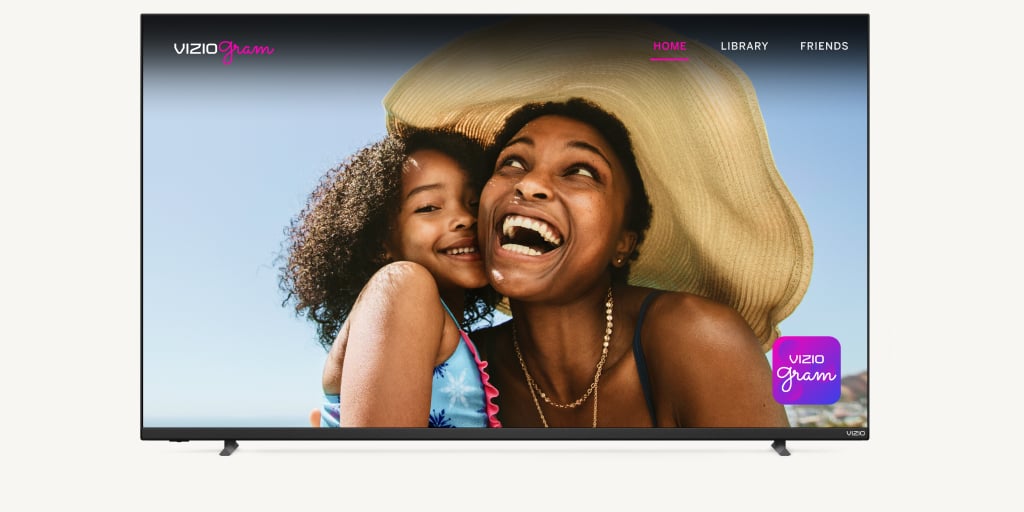Ultimate Vizio
May 29, 2009
By Scott Wilkinson
UltimateAVMag.com
Last week, I was invited to visit Vizio's offices in Irvine, California, to provide any feedback I might have regarding its upcoming LED-backlit LCD, the 55-inch VF551XVT, which is in the final tweaking stages before its release in early September. This is a very exciting product: an LCD TV with LED local dimming for—get this—$2000!
Why do I care about covering a $2000 TV on UAV? Because LED backlighting with local dimming brings LCD black levels and contrast ratios into plasma territory—potentially even Kuro territory. If consumers can get that kind of performance for only two grand, that's an ultimate value if ever there was one.
The VF551XVT is said to be 240Hz, but it's of the "120Hz with backlight scanning" variety—that is, the panel's refresh rate is 120Hz with frame interpolation, and the LEDs are flashed on and off in a certain pattern during each frame to simulate the effect of 240Hz. Unlike virtually all other LED LCD manufacturers, Vizio revealed that the backlight includes 960 white LEDs in 80 independently controllable groups. With local dimming engaged, the company claims a dynamic peak contrast ratio of 2,000,000:1.
Readers of UAV's CES blog will be happy to learn that the soundbar below the screen is going to be silver, not bright red, in the production units—it was red on the sample at the show in order to stand out among the other flat panels surrounding it in Vizio's demo room. The LCD panel itself uses IPS (in-plane switching) technology, which generally yields higher black levels and wider viewing angles than VA (vertical alignment) panels. If the higher black levels can be compensated for with LED local dimming, it might be possible to have the best of both worlds.
Vizio has a somewhat makeshift testing area in one corner of its offices, which is partially light-isolated with black fabric, though it's hardly a fully light-controlled environment. My first recommendation was to build a real video-testing room with complete control of ambient light and dark gray or black walls, ceiling, and floor.
Stepping inside, I found a pre-production VF551XVT sitting between a 55-inch Samsung LN55A950 local-dimming LCD (on the right in the photo above, next to the 551) and 46-inch LN46B7100 LED edge-lit LCD. Farther off to the sides were Vizio's 50-inch VP505XVT plasma and 47-inch SV470XVT conventionally backlit LCD. All were fed the same signal from a Sony PlayStation 3 using a Gefen HDMI splitter.
To Vizio's considerable credit, the company had hired veteran ISF tech Kevin Miller to perform a full calibration of each set so they could be compared while looking their best. When mounting such a comparison, most companies use the out-of-box condition and claim it to be a fair test, but I disagree completely—Vizio got this one right.
The VF551XVT's LEDs were not yet tweaked to drop to 0 output behind black areas, but that is the goal in the final production units. A full-screen black field looked pretty dark on the 551 and really black on the Samsung A950, but as expected, not as dark on the Samsung B7100 or Vizio 470 LCD or 505 plasma. In addition, the uniformity on the B7100 edge-lit LCD was pretty bad.
I started by measuring the white and color points on the 551 using my trusty Minolta CS200 colorimeter. Kevin did a good job with the white point, which stayed within 1.6 percent of where it was supposed to throughout the brightness range. Red and blue were pretty close to where they should be, but green was quite oversaturated. I recommended that Vizio implement a color-management system to allow this to be corrected. I was unable to measure black level or contrast ratio because of the poor light control.
Vizio had some test materials on hand, but I brought my own, including Stargate: Continuum. The opening shot of a star field in outer space was very revealing—both local-dimming LCDs (and, in fact, all of the LCDs) revealed far fewer stars than the 505 plasma, which peaked the interest of the Vizio engineers. Similarly, the shadow detail at the start of chapter 3 as the Achilles steams across the Atlantic Ocean was much worse on the LCDs than on the plasma. The 551 has a control called Advanced Adaptive Luma that affects the gamma at the low end of the brightness range, and higher values did improve the shadow detail in this scene.
We also spent some time looking at a few of the clips on FPD Benchmark, a Japanese test Blu-ray that is very revealing of LCD motion blur. As expected, enabling frame interpolation improved the 551's performance in this regard immensely, but it also imparted a "video" look to the image that some folks object to, though I'm not one of them. We did see some interpolation artifacts and judder in a couple of scenes from The Dark Knight. Interestingly, I was told that the MEMC (motion estimation/motion compensation) function, which is implemented on a next-gen processor chip from MediaTek, is disabled if a fast-moving object is deemed to be large.
I was gratified that Vizio wanted my feedback on this set, and the engineers paid close attention to my comments. I look forward to seeing the final product, which should offer great performance for a fraction of what it would cost from just about anyone else. As I said at the outset, that's what I call an ultimate value.
If you have an audio/video question for me, please send it to scott.wilkinson@sorc.com.
http://blog.ultimateavmag.com/scottwilkinson/ultimate_vizio/
http://blog.ultimateavmag.com/scottwilkinson/ultimate_vizio/

































